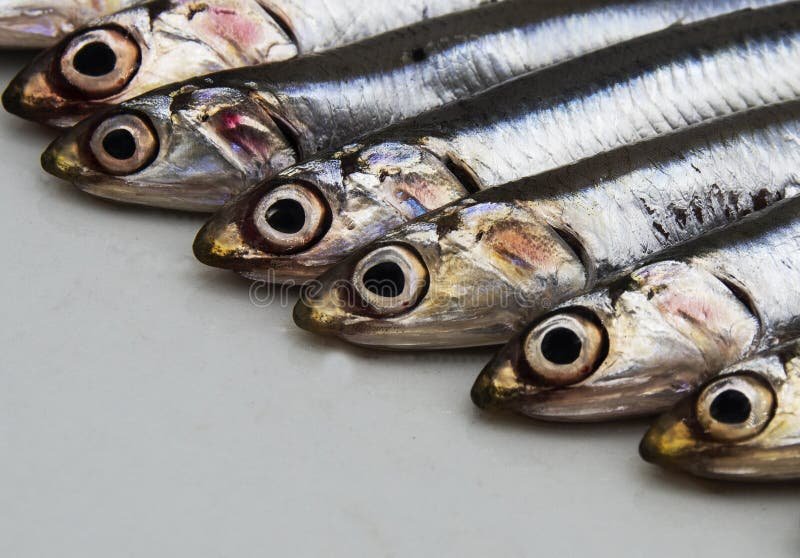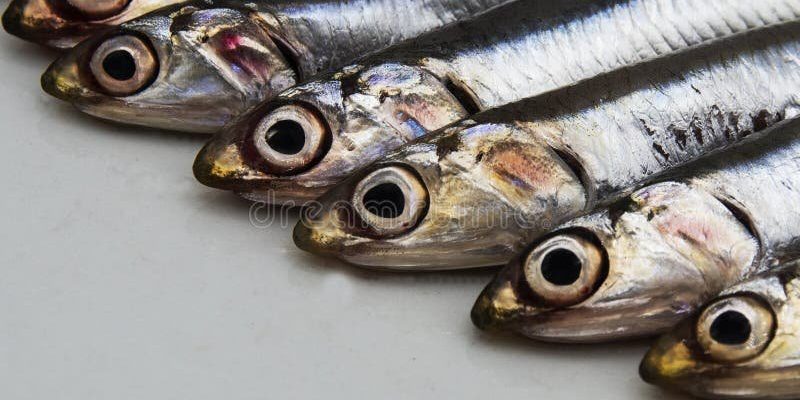
The anchovy, a small, schooling fish, is found in various oceans around the world, with species like the European anchovy and the Pacific anchovy being the most recognized. These fish thrive in nutrient-rich waters where they can find plenty of food. Let’s dive deeper into their dietary habits and see how these little fish pack a punch in their underwater world.
What Do Anchovies Eat?
Anchovies have a diet that primarily revolves around small organisms like plankton. Imagine for a moment that these fish are like nature’s vacuum cleaners, filtering through the water to snatch up their meals. They primarily consume zooplankton and phytoplankton, which are microscopic plants and animals drifting in the water.
When anchovies swim through the water, they open their mouths wide, creating a sort of net to capture their food. This feeding method is known as filter feeding. They have specialized gill rakers—tiny comb-like structures—that help them trap and consume these tiny organisms. Isn’t it cool how such a small fish has evolved such an efficient way to gather food?
In addition to plankton, anchovies may also eat small crustaceans and fish larvae. Their diet can vary depending on the season and the availability of food sources in their environment. For example, during certain times of the year, anchovies may feast on more crustaceans if plankton is scarce, showcasing their adaptability in feeding habits.
How Anchovies Find Their Food
Anchovies are often found in large schools in nutrient-rich waters. This grouping is not just for fun; it’s a survival strategy. When they school together, they can effectively locate food sources. These little fish are constantly on the move, searching for areas where the concentration of plankton is high.
They rely on several factors to find their food. The presence of light is a big one. Phytoplankton, the plant-like organisms anchovies eat, often thrive in well-lit areas. So, the anchovies tend to swim towards the surface during the day where sunlight penetrates, making it easier to find their meals.
You might be wondering about the role of ocean currents. Well, anchovies often follow these currents to areas where plankton blooms occur. It’s like a buffet for them! They can easily feast without exerting too much energy. This efficient foraging behavior plays a critical role in maintaining the balance of their ecosystem.
The Nutritional Needs of Anchovies
Anchovies, despite their small size, have some pretty specific nutritional needs. They require a balanced diet rich in protein and fats, primarily because they are prey for larger fish and marine mammals. Think of anchovies as the nutritious snack for a variety of ocean predators, which is another reason why they must maintain a healthy diet.
Their high intake of omega-3 fatty acids plays a significant role in their overall health. Omega-3s are essential for growth, reproduction, and even maintaining their strength and mobility. When these fish consume phytoplankton, they also obtain these necessary fats, setting them up for a healthy life.
Interestingly, anchovies can also store fat in their bodies. This stored energy is crucial during seasons when food might be more challenging to find. By having a reserve of energy, they can remain active and maintain their school dynamic even when conditions are less than ideal.
Feeding Behavior of Anchovies
The feeding behavior of anchovies is quite remarkable. They are typically more active during twilight hours, known as crepuscular feeding, when they swim to the surface to feed on plankton. Imagine them darting around in the water, taking advantage of the low light conditions to avoid predators while feasting.
When anchovies find a rich food source, they can exhibit what’s called agglomeration feeding. This means you’ll often see large groups of these fish surrounding a particular area teeming with plankton. They will swim rapidly in coordinated bursts to capture as much food as possible before moving on to the next feeding ground.
Here’s a fun fact: anchovies can consume up to 40% of their body weight each day in plankton! That’s quite a hefty meal proportion for such little fish. This high intake is vital for their growth and survival in the competitive ocean environment.
Environmental Impact on Anchovy Diets
Environmental factors play a significant role in determining the food availability for anchovies. Changes in water temperature, salinity, and currents can all impact the distribution of plankton, which is crucial for these fish’s diets. For example, a warmer ocean can lead to migrations of plankton, altering where anchovies can successfully feed.
Pollution and overfishing are other critical issues that can affect anchovy populations. When humans disrupt natural ecosystems, it can lead to a decline in plankton populations. This decline can have a domino effect, where fewer resources are available for anchovies, impacting their health and survival rates.
Fishing practices themselves can also impact anchovy diets. For instance, if large amounts of anchovies are harvested, the remaining schools may struggle to find adequate food. This situation necessitates sustainable fishing practices to protect anchovy populations and support the broader marine environment.
Anchovies in the Food Chain
Anchovies may be small, but they are a crucial part of the food chain. They serve as a primary food source for larger fish like mackerel, tuna, and even birds. Their position in the ecosystem highlights the importance of their feeding habits. When anchovy populations are healthy, it ensures that larger predators can also thrive.
These fish also play a role in nutrient cycling within marine ecosystems. As they consume plankton and then become prey for larger animals, nutrients are transferred throughout the food web. This natural process contributes to the overall health of marine environments.
Additionally, anchovies play a significant role in supporting local fishing communities. Many cultures rely on anchovy fishing as a livelihood. Their high oil content and rich flavor make them popular in various cuisines worldwide. This relationship emphasizes the importance of responsible fishing practices to maintain anchovy populations.
Understanding the diet and feeding habits of anchovies is more than just knowing what these little fish eat. It’s about appreciating their role in the marine ecosystem and recognizing how they interact with their environment. Their unique feeding strategies, adaptability to changing conditions, and critical position in the food chain make them fascinating creatures.
So, the next time you think about anchovies—whether in a dish or swimming in the ocean—remember their busy lives. They are not just small fish; they are vital players in the water world, diligently filtering through the ocean and ensuring a balanced ecosystem. Their contribution is significant, reminding us of the interconnectedness of nature and the importance of protecting our oceans.

